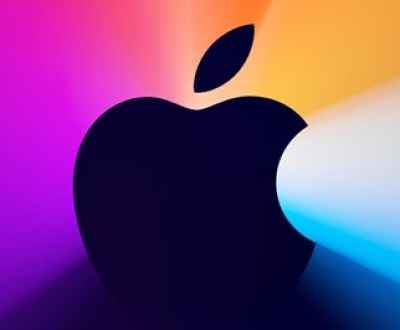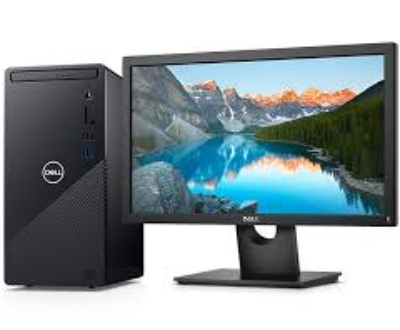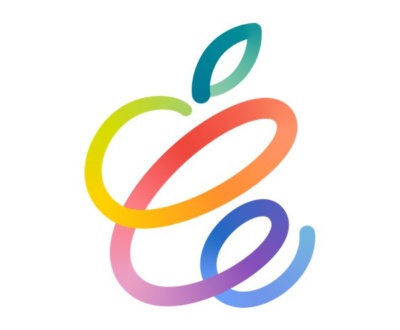What is it with Apple and chips? Apple has used Intel in all Macs since the company jumped from Power PC to Intel in 2005. That change was huge as it allowed Apple to compete with Windows and provide developers with a sensible strategy for developing apps for Windows and Mac. Steve Jobs nailed this architectural change without it we would not have Office for MAC. No Office no corporate sales.
The switching from X86 Intel to ARM has been a consistent rumour for a number of years. Now Bloomberg reports that the official announcement is just weeks away at WWDC.
Apple is preparing to announce a shift to its own main processors in Mac computers, replacing chips from Intel Corp., as early as this month at its annual developer conference, according to people familiar with the plans.
The company is holding WWDC the week of June 22. Unveiling the initiative, codenamed Kalamata, at the event would give outside developers time to adjust before new Macs roll out in 2021, the people said. Since the hardware transition is still months away, the timing of the announcement could change, they added, while asking not to be identified discussing private plans.

ARM not X86
Apple is using technology licensed from Arm Ltd., part of Japanese tech conglomerate SoftBank Group Corp. This architecture is different from the underlying technology in Intel chips, so developers will need time to optimize their software for the new components.
Apple’s chip-development group, led by Johny Srouji, decided to make the switch after Intel’s annual chip performance gains slowed. Apple engineers worried that sticking to Intel’s road map would delay or derail some future Macs, according to people familiar with the effort.
Inside Apple, tests of new Macs with the Arm-based chips have shown sizable improvements over Intel-powered versions, specifically in graphics performance and apps using artificial intelligence, the people said. Apple’s processors are also more power-efficient than Intel’s, which may mean thinner and lighter Mac laptops in the future.
The sources say that Apple is working on at least three different systems-on-a-chip for Macs. The first would be based on the A14, a processor planned for the new iPhone models coming later in 2020. The Mac processors would be manufactured by Apple partner TSMC “using a 5-nanometer production technique.” The project is codenamed Kalamata within Apple’s walls.
WWDC begins on June 22. For the first time in its history, it will be an online-only event this year—a result of concerns related to the COVID-19 pandemic. The Bloomberg report notes twice that world events and other factors make it possible Apple will delay the announcement. But the company’s leadership wants to share the plans at WWDC if possible as a way to give Mac software developers ample time to adjust to the change, which is expected to begin with the launch of the first ARM Mac hardware in 2021.
At the conference, Apple is also readying updates to its other operating systems — iOS, iPadOS, tvOS and watchOS — with changes to augmented-reality capabilities, deeper integration with outside apps and services, and improved Apple Watch fitness features. A big priority is improving the performance of its mobile software after last year’s release, iOS 13, suffered from several issues.
Bloomberg’s sources clarified that the ARM Macs will continue to run macOS, not a branch of the iOS or iPadOS software used in ARM-based iPhones and iPads. That said, Apple began seriously planning the transition for Macs after it successfully adapted an iPad Pro processor for internal testing with Macs in 2018.
macOS or iOS
Apple has already started blurring the lines between iPadOS and macOS software in its developer initiatives. It introduced Catalyst, a framework for easily porting iPad apps to the Mac, last year. But most developers see Catalyst as a stopgap for companies that already have iPad apps before the ultimate plan gains momentum—that ultimate plan seems to be SwiftUI, a framework for developing apps for multiple Apple operating systems side by side.
Testing of ARM-based Mac chips at Apple has produced “sizable improvements” compared to Intel chips in graphics and AI performance. The new chips are also more power-efficient, which Apple could use either to improve battery life or produce thinner, lighter laptops—or whatever combination of the two it deems desirable. The shift would also free Apple from the shackles of Intel’s development roadmap, which has on more than one occasion stymied Apple’s ability to release the products it wants to, when it wishes to.
According to today’s report, Apple plans to transition its entire line, from MacBooks to the Mac Pro—albeit not all at once. The report doesn’t indicate which machines will hit the market first, only that Apple plans to bring this change to all Macs at some point.
Bloomberg’s Gurman also notes that this shift is unlikely to drastically affect Intel’s bottom line right away, as Macs only barely breach double-digit market share against other types of personal computers. But he speculates that the move might inspire other laptop manufacturers, who are prone to mimicking Apple in some products, to do the same—and that could make for a much bigger concern at Intel.
Regardless of whether Apple moves forward with its ARM announcement plans, Cupertino will at a minimum introduce new versions of macOS, iPadOS, iOS, watchOS, and tvOS with “deeper integration of outside apps and services” (per Bloomberg) and expanded augmented reality features, as well as performance improvements. Rumours have also circulated about a new iMac model that may be introduced at the event.
Catch WWDC on line in a few weeks time.
About us and this blog
We are a digital marketing company with a focus on helping our customers achieve great results across several key areas.
Request a free quote
We offer professional SEO services that help websites increase their organic search score drastically in order to compete for the highest rankings even when it comes to highly competitive keywords.









